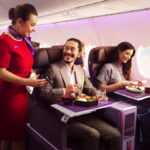
Tourism Australia: Tourist advert is black and white, but mainly white
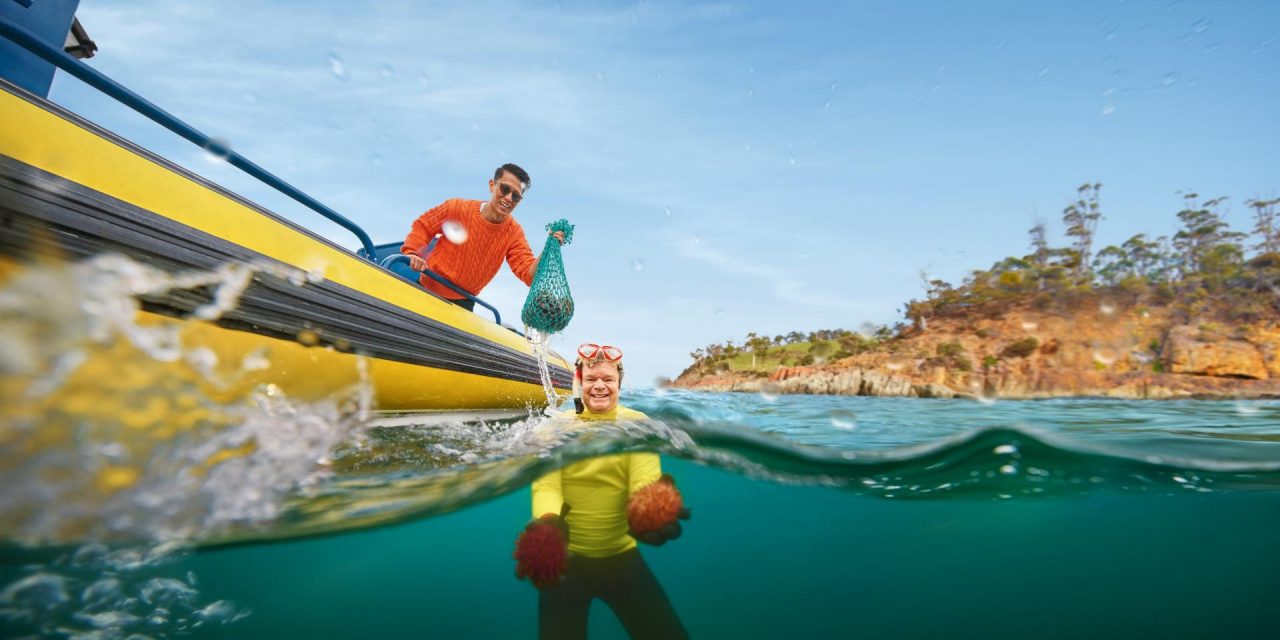
Tourism Australia has unveiled its new $38 million international advertising campaign to attract tourists to visit Australia. It has made up the word ‘Philausophy’ – get it? PhilOZophy.
About as subtle as ‘Where in the bloody hell are you?’ Isn’t it.
9 core ‘philausophies’
The campaign has made up nine of these – I can’t bring myself to say the word:
- get off the beaten track
- a stranger is a mate you haven’t met yet
- shoes optional
- if you’ve got it good, share it
- live like you mean it
- no worries
- have a story to tell
- life-life balance
- savour the Australian flavour
Now, for non-Australians, only two of these are actually a ‘thing’:
- get off the beaten track (go bush, or to parts unknown)
- no worries (she’ll be right! – which of course no one says anymore)
The rest is just made up advertising slogans that have a not so well hidden meaning:
- a stranger is a mate you haven’t met yet (faux friendship – a rather shallow interpretation of the way Australian’s mean ‘mate’
- shoes optional (which is kind of everywhere except in licensed clubs, pubs, and the Qantas Lounge)
- if you’ve got it good, share it (nothing to do with Australia, more to do with sharing selfies with landscape on social media)
- live like you mean it (or more grammatically correct – ‘live as you mean it’ – what a load of tosh)
- have a story to tell (social media again)
- life-life balance (glad I wasn’t in that brainstorming group)
- savour the Australian flavour (is that rhyming slang for ‘gayer’?)
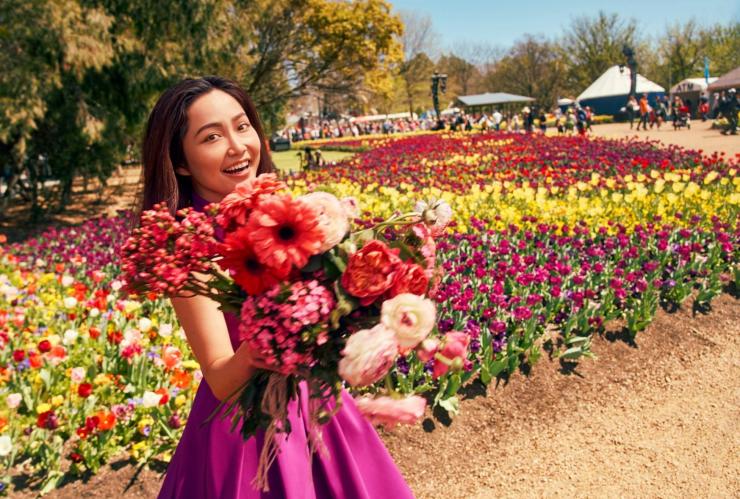
Content of this Post:
White Australia
There is a lot of commentary and criticism about this abuse of the English language, but what gets me, is the implicit racism of this ad.
Australia is, along with our first people, a nation of immigrants – from all over the world: the (not so) United Kingdom, post-war Europe, China, Vietnam, the Levant, and more recently from Africa.
You wouldn’t know that from this advertisement. If you watch this, then you would think that Australia only has black male first peoples in the bush with a red sand background and white people everywhere else.
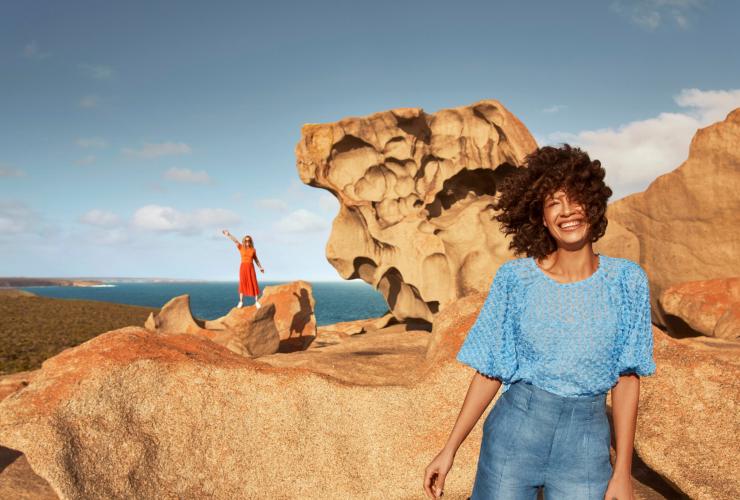
Not really who Australians are
Now it’s hard to determine the ethnic makeup of Australia – what do you use? Where people were born? How do they identify? Languages spoken at home?
One measure looks at ancestry. Although roughly 80% claim an ancestry that could be characterised as Anglo-Celtic, the other 20% is much more diverse, including our first people – Aboriginal Australians.
Australian Ancestry
| Country of Ancestry | % |
|---|---|
| Engllish | 36.1 |
| Australian | 33.5 |
| Irish | 11.0 |
| Scottish | 9.3 |
| Chinese | 5.6 |
| Italian | 4.6 |
| German | 4.5 |
| Indian | 2.8 |
| Indigenous | 2.8 |
| Greek | 1.8 |
| Dutch | 1.6 |
| Filipino | 1.4 |
| Vietnamese | 1.4 |
| Lebenese | 1.0 |
Another measure looks at migration, using where people were born. Australia has 29% of its population that was born overseas (ABS 2018):
| Country of birth | Number | % |
|---|---|---|
| England | 992,000 | 4 |
| China | 651,000 | 2.6 |
| India | 592,000 | 2.4 |
| New Zealand | 568,000 | 2.3 |
| Philippines | 278,000 | 1.1 |
| Vietnam | 256,000 | 1 |
| South Africa | 189,000 | 0.8 |
| Italy | 187,000 | 0.7 |
| Malaysia | 174,000 | 0.7 |
| Scotland | 135,000 | 0.5 |
| All overseas-born | 7,342,000 | 29.4 |
| Australia-born | 17,650,000 | 70.6 |
Now, of course, these figures do not take into account the record number of overseas students studying in Australia, (about 400,000 in 2018) which certainly affects population perceptions in our major cities.
Most of our international tertiary students, which form around 20% of our tertiary student population, come from China, the Indian subcontinent, and Asia. So when you scan a crowd in an Australian capital city, you get an incredible landscape of diversity.
When you view this new Australian Tourism advertisement – you get about zero diversity, with the exception of one male indigenous Australian amongst stereotypical red sand. The reality is that most indigenous Australians are urban dwellers, living in our major capital cities.
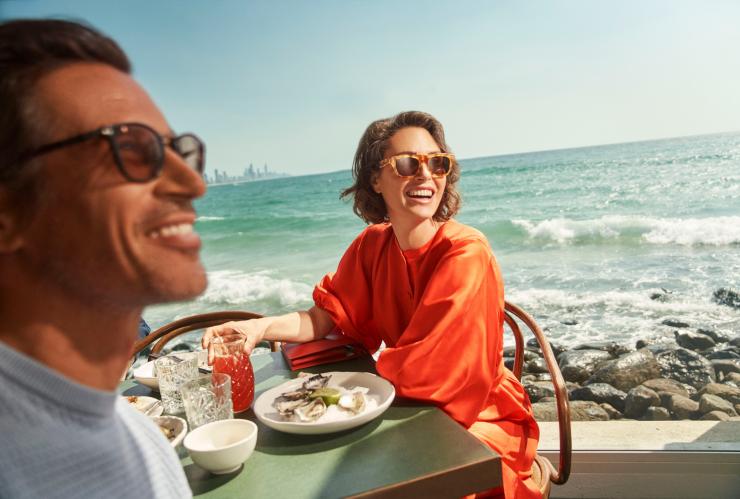
Campaign collateral
Now once you drill down into the campaign collateral, particularly for each state, or destination, then you do get a little more diversity. An olive-skinned man at Burleigh Heads, a woman with tightly curled dark hair and an Asian woman in Canberra. So they haven’t completely ignored the question of diversity. But they have ignored it in the launch centrepiece – the TV ad.
Campaign diversity
What is more interesting is if you look at the names of some of the image-makers used in the campaign – you get names like: Georges Antoni; Rob Mulally; Mark Fitzpatrick; Kurt Tilse; Nicholas Kavo; Daniel Tran; Reuben Nutt; Scott Slawinski; Jampal Williamson; Ain Raadik; Brinkley Davies; Jarrad Seng; Max Fairclough; Edward Ringwood; and Taiyo Masuda and Rachael Sarra. Now there is a better reflection of diversity.
I should say, that I think the imagery used in the campaign is gorgeous. The slightly oversaturated look really works.
If you want to delve a little deeper into the campaign, and even look at some interesting statistics about inbound tourist numbers and spend, then head to the last few pages of the media pack.
2PAXfly Takeout
Now I understand that for a tourism ad, you have to – to an extent – sell stereotypes.
I do.
I just think, when Australians are beginning to appreciate their diversity in ancestry, beliefs, country of birth, language, skin colour, gender identity and religion, the advertising that invites international audiences to sample the splendour of Australia should reflect that.
Surely we have moved on from ‘Put another shrimp on the barbie’?
‘C-‘ can do better, Australian Tourism
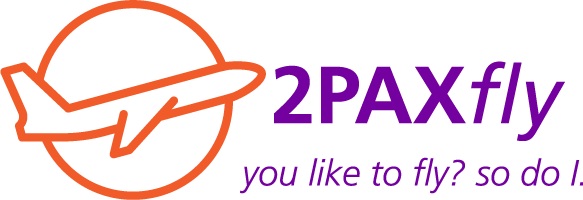
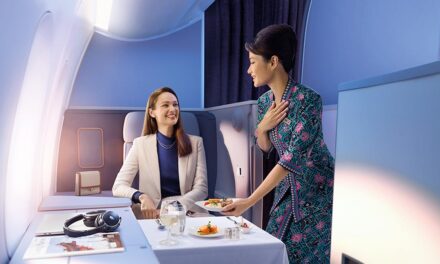
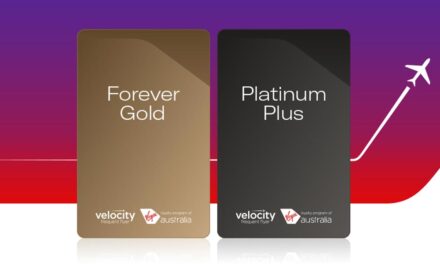
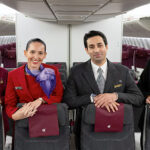
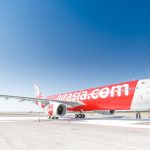
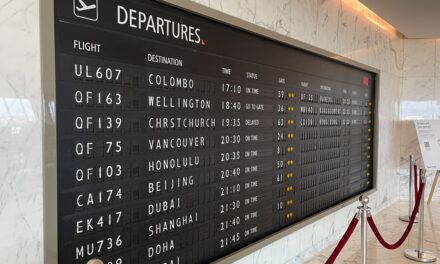
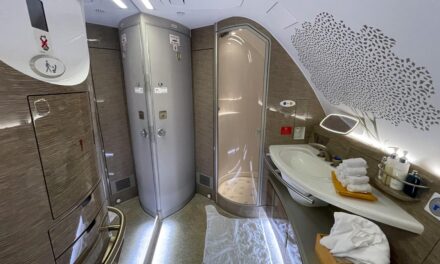
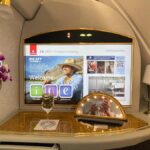
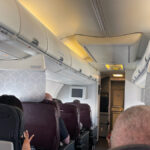

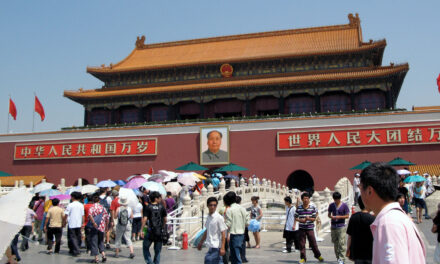
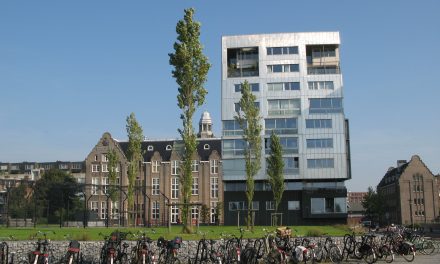
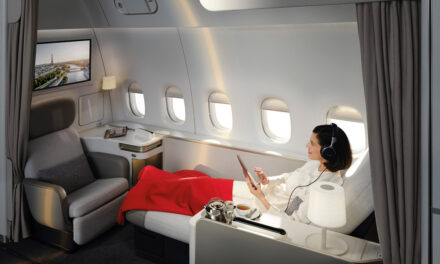
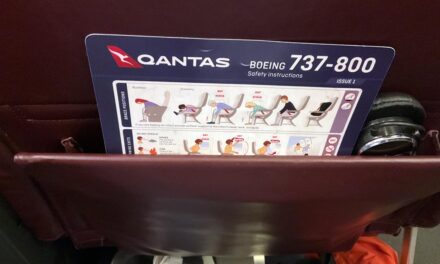
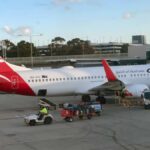
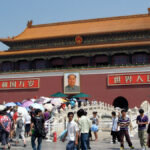
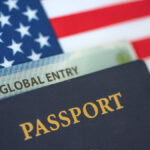
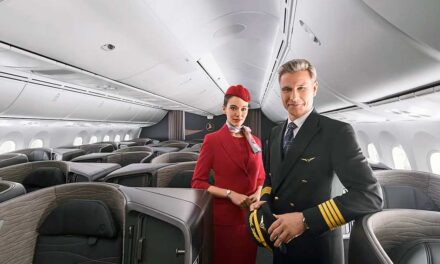
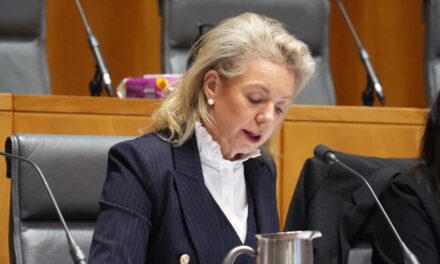
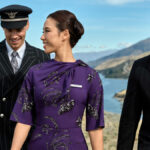
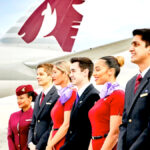

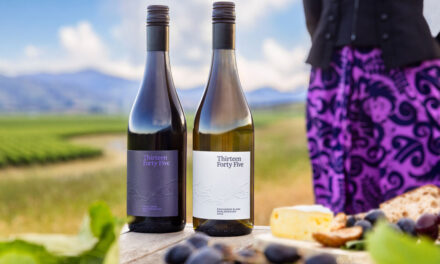
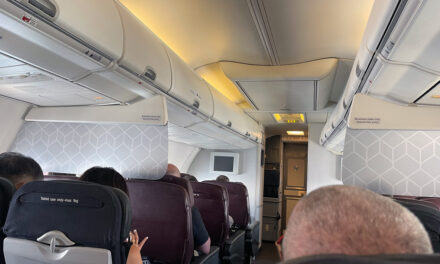
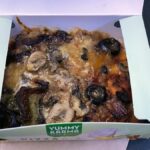
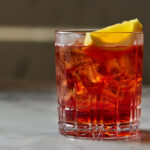
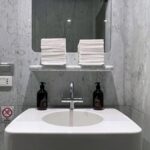
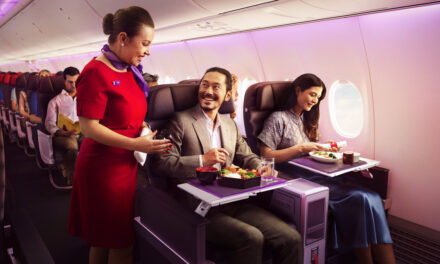
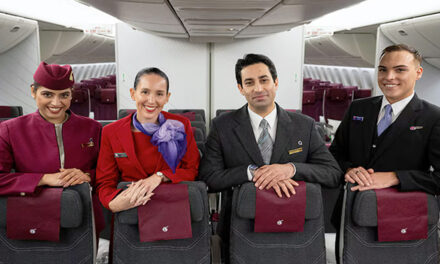

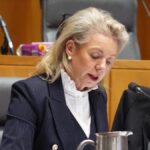
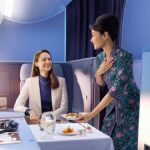

What did you say?